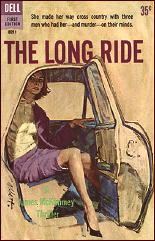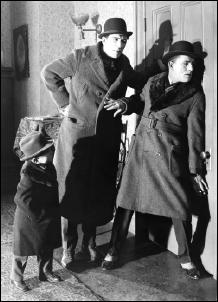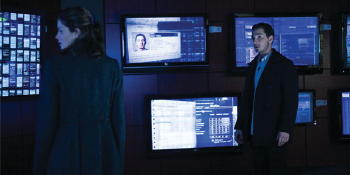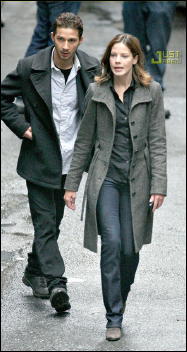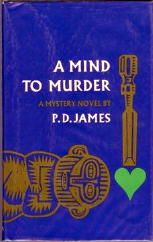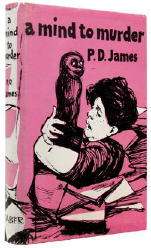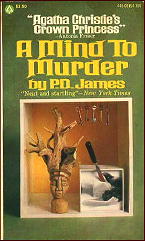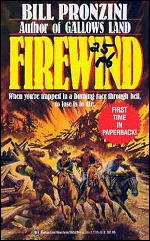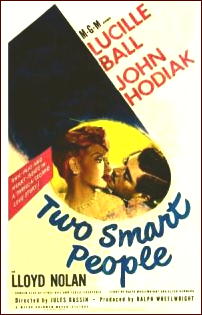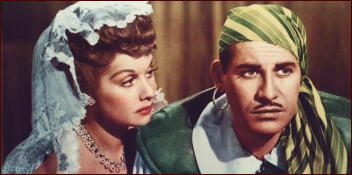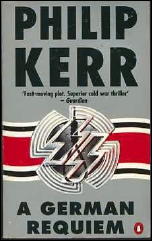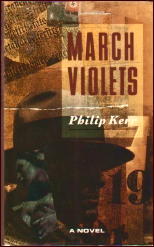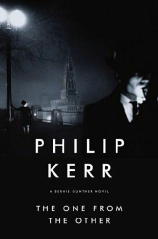Wed 15 Jul 2009
A Review by David L. Vineyard: VICTOR CANNING – The Limbo Line.
Posted by Steve under Authors , Reviews[4] Comments
VICTOR CANNING – The Limbo Line. Wm. Heinemann, UK, hardcover, 1963. William Sloane Associates, US, hardcover, 1964. Hardcover reprint (UK): Companion Book Club. Paperback reprints (UK), Pan; several printings. Paperback reprints (US): Berkley F1085, 1965; Award 1467, 1975; Ace/Charter, 1979.
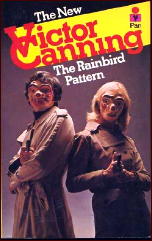
Victor Canning isn’t read much today, which is a shame. He was a major figure in the period from the 1950’s to the 1980’s and one of the best of the British thriller writers, a club that included Eric Ambler, Hammond Innes, and Desmond Bagley.
Though he began his successful writing career before the war in England, it was with The Chasm in 1950 that his real career began. His best known work is probably The Rainbird Pattern, an atypical crime novel set in the South of England and filmed by Alfred Hitchcock as The Family Plot.
The Limbo Line is one of only three Cold War novels Canning wrote during the first half of his thriller-writing career, and something of a throwback to the thrillers of John Buchan, although the subject is up to date and contemporary to the period it was written in.
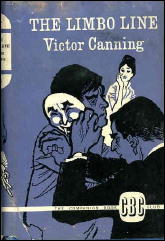
Richard Manston (the similarity to the name of Buchan’s Richard Hannay is no accident) is a typical Canning hero, a retired agent turned gentleman farmer, a sportsman (golf fanatic like his creator), and a cool capable customer. As The Limbo Line opens he is drawn back into the spy game while on the links with his old boss Ronnie Sutcliffe. Manston resists at first, but his mistress visiting at his farm knows he will go back to work. He always does.
The Soviets have been up to their usual tricks, and this time it’s a cleverer scheme than usual. AGRIP, a Soviet trade organ, is the front for the kidnapping and brainwashing of Russian defectors who are then smuggled back to the Soviet Union to much fanfare at yet another triumph of the Soviet system.
The British Secret Service has identified the next victim, a balllerina, Irina Tovskaya, as the next victim. Manston’s job is to dangle her as bait and follow her through the “Limbo Line” the organization that handles the kidnapping, brain washing, and smuggling of the kidnapped defectors.
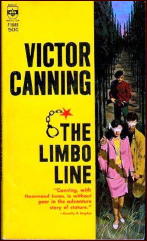
It’s a dirty business using an innocent like Irina as bait but Manston is a pro, at least until he starts to fall for her. The trail leads to the spectacular country around Fauberg St. Honore in France and Manston sets out to track down the locals who run the Limbo Line for AGRIP.
Along the way there are numerous crosses and double-crosses, escape and evasion, and Manston finds himself falling for Irina before he finally smashes AGRIP, shuts down the Limbo Line, and finds himself in love with Irina after nearly losing her.
The writing is crisp and intelligent as might be expected in Canning’s hands. Manston is a tough smart agent and the Soviets running AGRIP are portrayed as believable men and women who are professionals and not monsters however monstrous their actions.
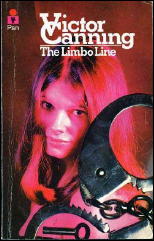
The developing relationship between Manston and Irina is countered by the one between Oleg, the head of AGRIP and Ludmila his attractive and smitten secretary. When Oleg is killed at the end we last see Ludmilla:
Manston later appeared as a much darker character in Canning’s novels about international private detective Rex Carver, and the cynical Birdcage sequence of novels later in his output, when he had come to take a darker view of the British security services and their actions.
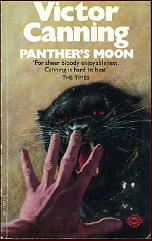
The Limbo Line was a mediocre film in 1968 with Craig Stevens heading an otherwise British cast.
Virtually any of Canning’s thrillers are worth reading. Just out of personal preference I would suggest Panther’s Moon (filmed as Spy Hunt, about a pair of escaped leopards loose in the Balkans with microfilm in one of their collars), Castle Minerva (filmed as Masquerade, the 1965 Basil Deardon film a slick spy spoof with Cliff Robertson and Jack Hawkins, reviewed here), The Great Affair, Queen’s Pawn, and the off beat Fingers of Saturn, as well as any of those mentioned above. He also wrote a notable series of Arthurian novels late in his career.
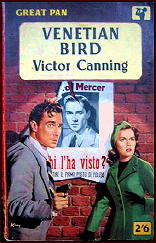
Canning doesn’t deserve his temporary decline. He was simply one of the most intelligent and capable of the writers who marked out the territory of the British thriller in this period. His books sold well and are easy to find, and if you have never read him, or haven’t read him for a while you’ll soon find how good he can be. Many of his books were made into films including His Bones Are Coral filmed as Sam Fuller’s Shark; Venetian Bird filmed as The Assassin; The Golden Salamander; and The House of the Seven Flies filmed as The House of the Seven Hawks.
During his heyday he ran Eric Ambler a close race for the top British thriller writer, and Hammond Innes an equally close race for the title of best adventure novelist — neither a small achievement. He deserves to be rediscovered by anyone who likes the British thriller at its most literate and intelligent.
